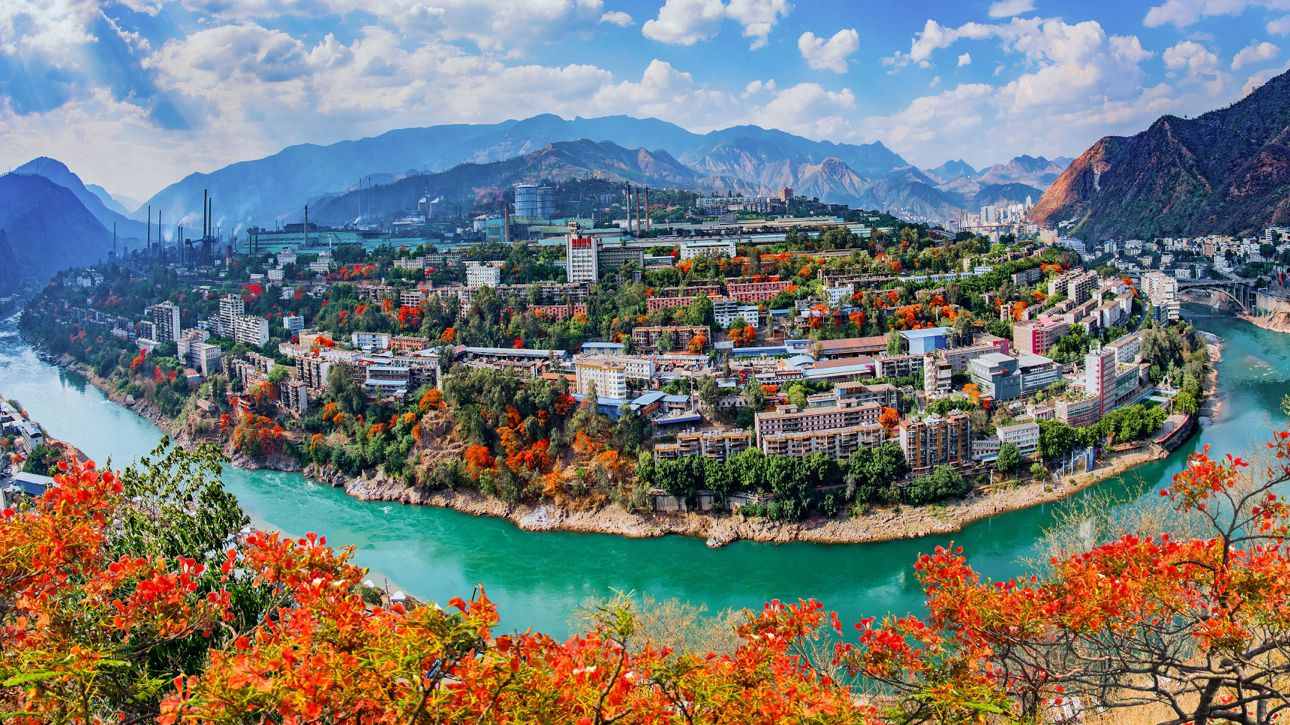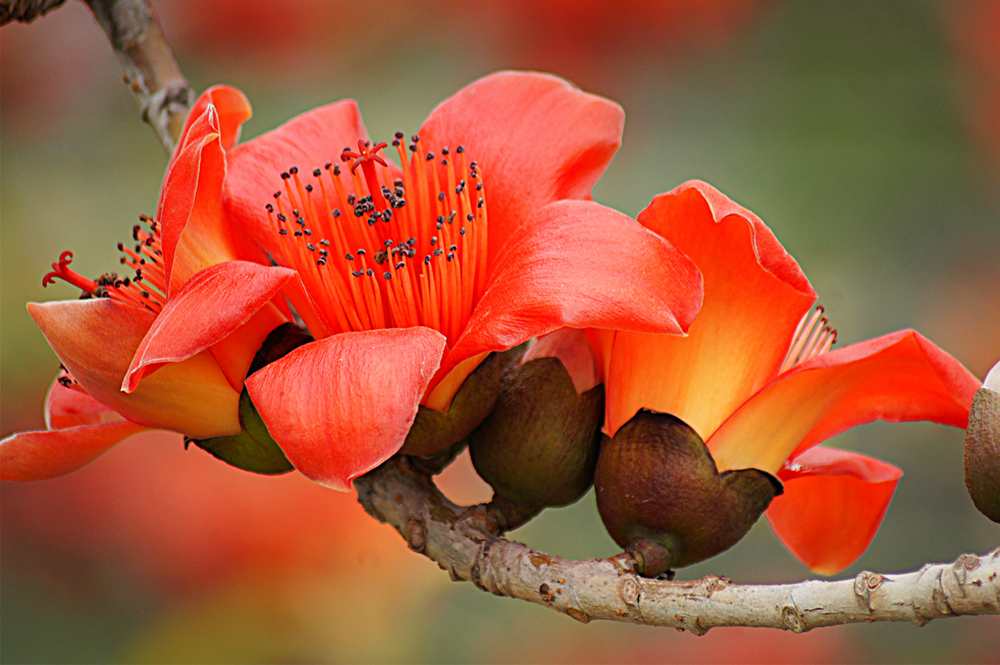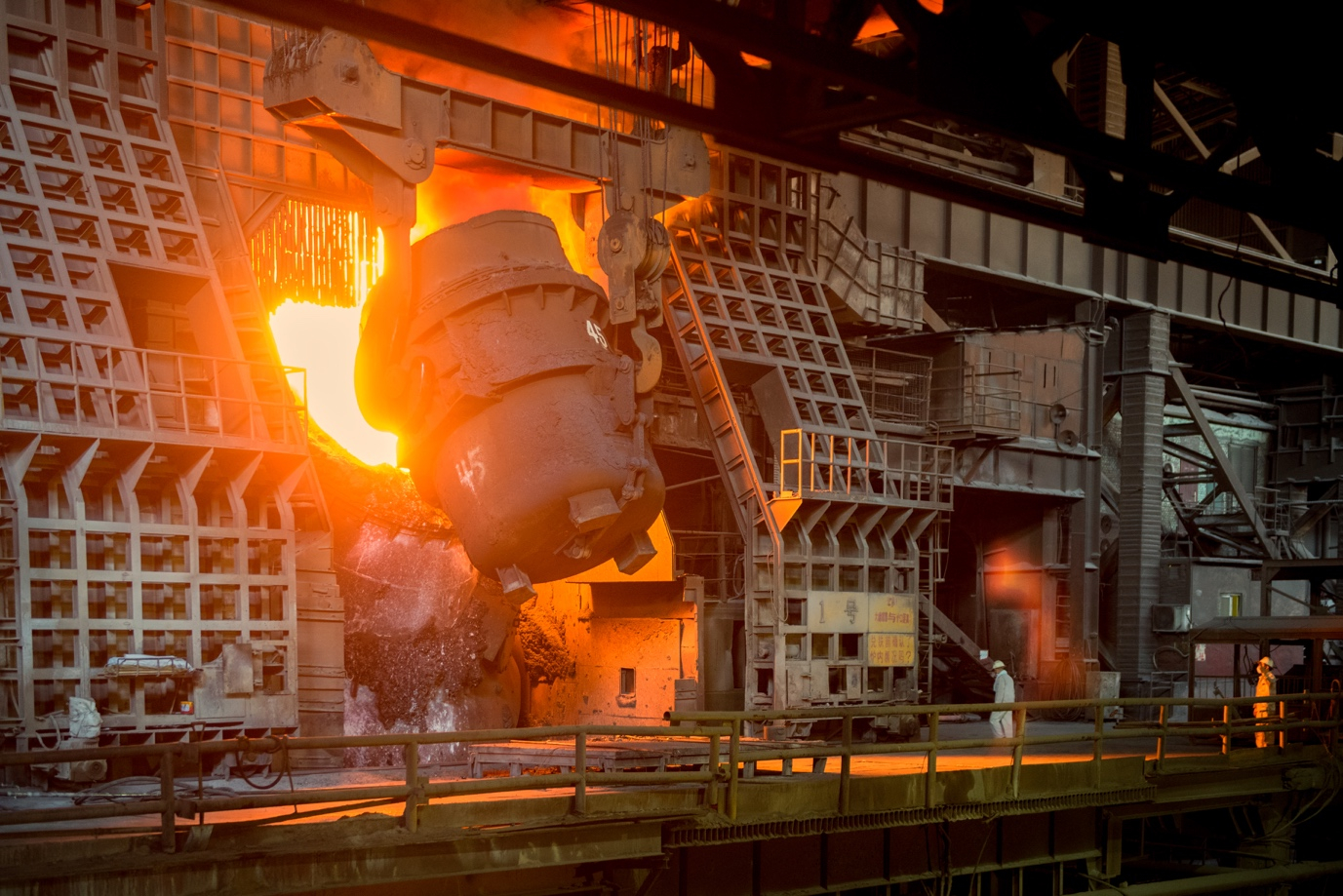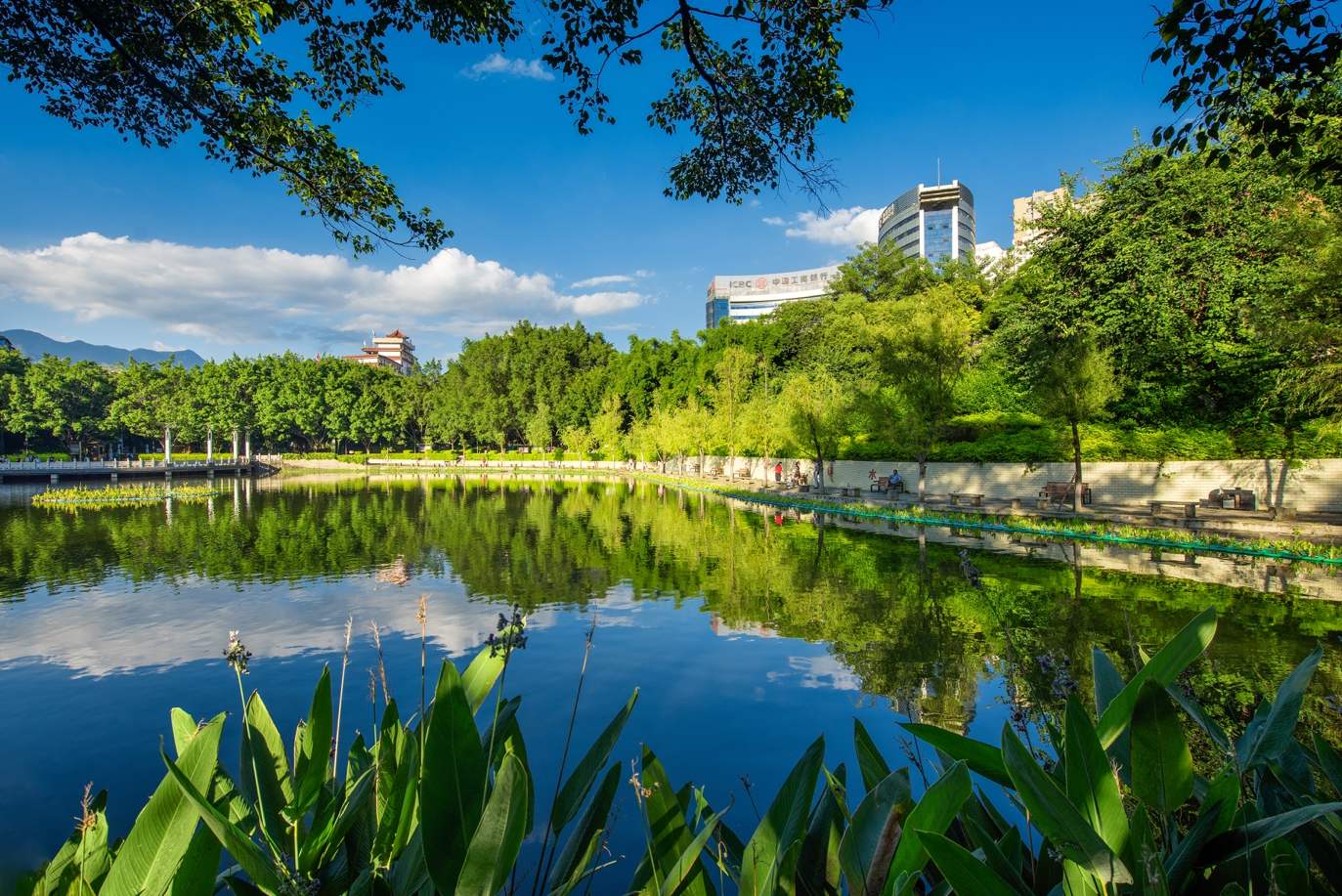
Money Stories
20:41, 23-Apr-2019
Chinese mining town shifts toward green, healthy living
Updated
09:51, 04-May-2019
Meng Qingsheng, Zhang Kai
03:12

Panzhihua, the Chinese name for kapok flowers, is the only city in the country named after a flower. For most of its ancient history, the city was an isolated small village in the southwest corner of Sichuan Province, with much of its rich natural resources being untapped.

Panzhihua City is named after kapok flowers as shown in the picture. /Photo by Wang Dong.
Panzhihua City is named after kapok flowers as shown in the picture. /Photo by Wang Dong.
The mountain town boasts 76 different kinds of minerals. Reserves for titanium and vanadium are the first and third respectively in the world. Its iron ore reserve is the largest in southwest China.
Its destiny changed dramatically in the 1960s when China launched the Third Front Movement, a massive industrial development to boost defense and basic industries in its interior. Panzhihua quickly became one of China's largest producers of steel.
In the 1970s, mining alone contributed more than 90 percent to its local economy. But along with local prosperity came environmental problems. In 2004, the industrial town was declared one of China's most polluted cities.

Panzhihua is believed to be one of China's largest vanadium and titanium products and rail steel making bases. /Photo by Wang Dong.
Panzhihua is believed to be one of China's largest vanadium and titanium products and rail steel making bases. /Photo by Wang Dong.
To cope with pollution and ecological damage, the city decided to follow a green and healthier development path in 2012. Since then, it has created more than six square kilometers of green space, an area twice as big as New York's Central Park. The city has also closed up 65 companies with high pollution, high energy consumption and high cost.
The city also enacted its first air regulation last October to tackle dust pollution. Latest data shows the average density of particulate matter in Panzhihua dropping, much lower than the national average of 39 micrograms per cubic meter.
Richard Jay Nedervelt, now in his 50s, grew up in Hawaii and worked much of his life in California. In 2011, he came to Panzhihua and spent four years learning and teaching at local schools.
He told CGTN that when he first got there, it was sort of dingy and dirty, and many of the trees were covered with soot. But now, he added, the city gets much cleaner, and a bigger variety of trees have been planted in the communities. The U.S. expat decided to stay in the city and call it his second home.

Green space inside Zhuhu Garden in downtown Panzhihua City. /Photo by Wang Dong.
Green space inside Zhuhu Garden in downtown Panzhihua City. /Photo by Wang Dong.
In an interview, Jia Ruiyun, the city's Communist Party chief, told CGTN that the improvement in living conditions came as a result of transformation. The city has taken initiatives to upgrade industrial structures, and transform the steel city into a vanadium and titanium capital, which produces fewer emissions. It has also worked to foster health and wellness services. The city also plans to build itself into a trans-regional hub, with complete urban functions.
This industrial overhaul has boosted the growth of the city's service sector. Each year, tens of thousands of people visit Panzhihua. Most of them are from neighboring Chengdu and Chongqing.
Being attracted by abundant sunshine, which is rare in the two cities for the most part of the year due to topographical reasons, they would travel to Panzhihua to stay away from the long cold winter. The demands have driven up prices of local properties, and help foster a local form of business, known as health and wellness services.
Deng Li, President of Panzhihua's Health and Wellness Association, accredited the industry's prosperity to its subtropical climate, especially the sunshine, which are crucial in producing high-quality fruits and vegetables. The local government has also worked to improve the overall urban environment, including basic facilities, medical care, as well as green space and parks.
To date, Panzhihua has set a good example for other mining cities across the country to learn from, as it's not an easy job to strike the right balance between industrial growth and healthy living. But it remains a challenge ahead to fulfill a growing ambition.
(Header image shows a panoramic view of Panzhihua Iron and Steel Company Limited, or Pangang./Photo courtesy of Gao Yangqiong.)

SITEMAP
Copyright © 2018 CGTN. Beijing ICP prepared NO.16065310-3
Copyright © 2018 CGTN. Beijing ICP prepared NO.16065310-3